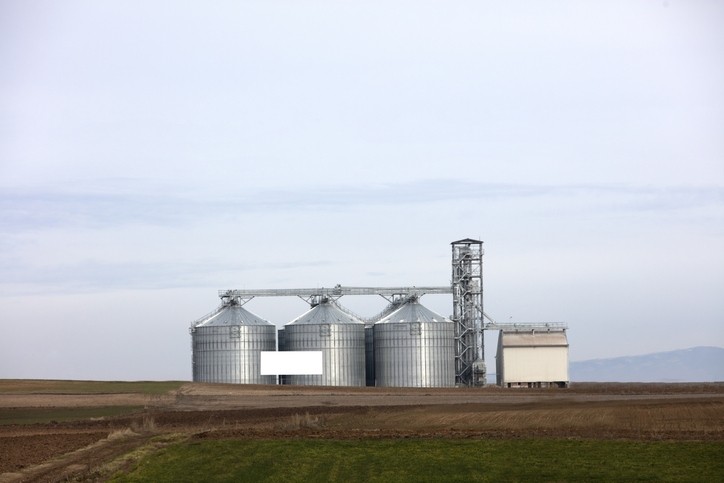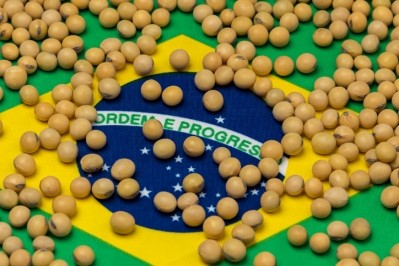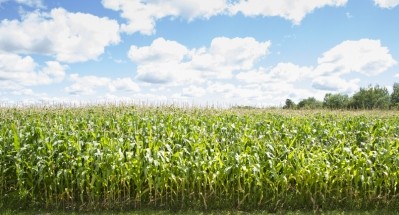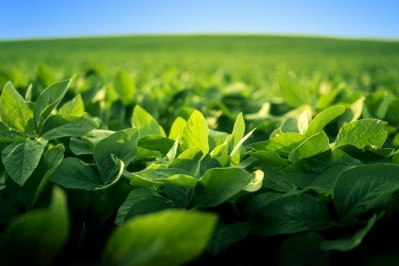USDA report indicates fall in corn and soybean conditions

US corn crop condition scores dropped last week by 2 percentage points, with the percentage rated good and excellent now at 70%, down from 72% the week before, noted CRM Agri in its analysis of the report.
US soybean condition scores also declined last week by 2 percentage points, to 68% good and excellent.
The winter wheat harvest in the US is progressing ahead of average, it was 25% complete by June 19. Winter wheat condition scores continued to be poor at 30% good and excellent, losing one percentage point.
While corn, soybeans and winter wheat condition scores suffered from last week’s extreme heat, emerged spring wheat condition scores improved by 5 percentage points, reaching 59% good and excellent.
Oilseed markets
Following a period of dry and hot weather across France and Spain, rapeseed yield projections were trimmed in the latest JRC MARS bulletin, according to those analysts.
However, in Germany above average yields are expected. Average yields are forecast for the crop in Poland, they said.
Overall, the exceptionally hot weather in May was detrimental to rapeseed yield, but EU-wide level yield projections remain above average, at 3.12t/Ha, said the grain and oilseed market specialists.
“Crude oil has pushed substantially higher during 2022, in part due to the war in Ukraine, but also compounded by growth in demand outpacing supply, which is also lending support for oilseeds. However, inflationary pressures and rising interest rates are weighing heavily on consumer confidence and raising the possibility of recession, which would impact demand levels, consequently dragging on crude oil prices.
“Due to the high oil content of rapeseed, and link between vegetable oil and crude oil, a continuation in the recent downward trend for crude oil now presents a downside risk for rapeseed,” they said.
Overall, the falling crude oil price, supply pressure from the upcoming US soybean harvest, and longer-term gain in Brazilian planted area presents an underlying downside risk to oilseeds and vegetable oil.
Looking further ahead to the 2022-23 Brazilian soybean crop, which is due to be harvested from March 2023, the area forecast continues to increase. The June USDA WASDE estimated the area to increase from 41Mha to 42Mha, while the Mato Grosso Institute of Agricultural Economics estimated a near 3% increase in planted area—Mato Grosso is the largest producing state.












